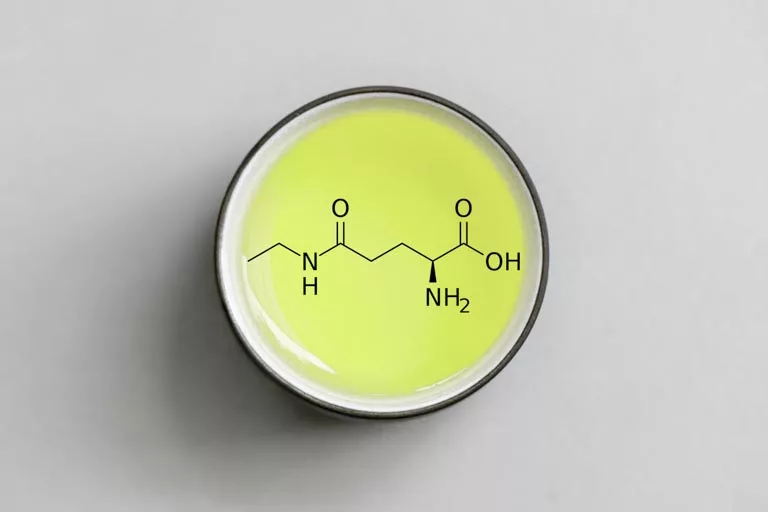Umami – The fifth taste
Often, among tea enthusiasts, you’ll hear the term Umami, particularly in connection with high-quality Japanese and Chinese green teas. Although Umami was discovered by the Japanese scientist Kikunae Ikeda as early as 1907, it remains relatively unknown to the general population. In addition to sweet, sour, bitter, and salty, Umami is another flavor profile and is therefore referred to as the fifth taste. Translated, Umami means savory or meaty and is responsible for the ability to taste protein-rich foods.
HOW DOES UMAMI COME INTO TEA?
The amino acid responsible for the Umami taste in green tea is L-Theanine. This amino acid is produced in the leaves of Camellia sinensis. However, during the plant’s growth, a significant portion of L-Theanine is converted into catechins and other substances due to exposure to sunlight. Therefore, Umami is only found in young tea leaves or leaves protected from strong sunlight, as seen in teas like Yun Wu and others grown in foggy regions. Japanese tea producers have developed their own technique called Kabuse. High-quality green teas like Tencha, Gyokuro, or Kabusecha are artificially shaded, achieving the same effect as mist and clouds.
WHY IS UMAMI NOT DETECTED IN BLACK TEA?
In black tea, as well as to a lesser extent in oolong, yellow, and white teas, the theanine is broken down during oxidation. Simultaneously, bitter compounds like catechins are also broken down. As a result, these teas are not more bitter than green teas but, on the contrary, are often considered more digestible.
HOW TO EXPERIENCE UMAMI?
As mentioned earlier, young leaves with minimal sun exposure contain high levels of L-Theanine. Typically, these are first flush green teas, as the spring sunlight is relatively weak.
High-altitude teas such as Lu Shan Yun Wu or Meng Ding Gan Lu, shielded by thick layers of fog from direct sunlight, also contain significant amounts of L-Theanine.
Another category consists of shaded teas, known for their high L-Theanine content. These include Gyokuro, Kabusecha, Tencha, and Matcha. The highest L-Theanine content is likely found in a shaded first flush tea like Shincha Gyokuro.
To extract the maximum Umami flavor, these teas should be brewed with water at around 50°C (122°F). Higher temperatures will release more bitter compounds and diminish the Umami experience.
INSIDER TIP
Korean Woojeon green tea is known for its distinctive Umami flavor and is also very reasonably priced. Combining steaming and roasting techniques, this tea blends characteristics of both Japanese and Chinese green teas.


